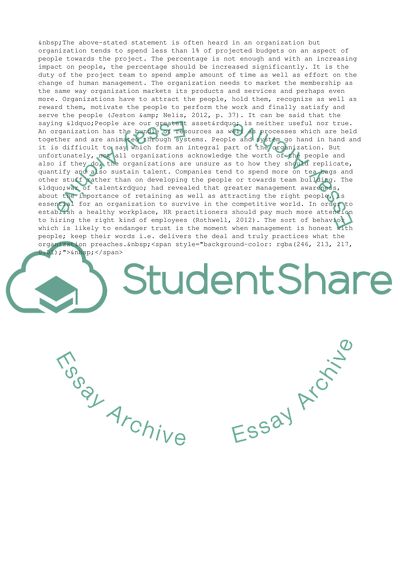Cite this document
(Analysis of Talent Management Research Paper Example | Topics and Well Written Essays - 3000 words, n.d.)
Analysis of Talent Management Research Paper Example | Topics and Well Written Essays - 3000 words. Retrieved from https://studentshare.org/management/1779836-talent-management
Analysis of Talent Management Research Paper Example | Topics and Well Written Essays - 3000 words. Retrieved from https://studentshare.org/management/1779836-talent-management
(Analysis of Talent Management Research Paper Example | Topics and Well Written Essays - 3000 Words)
Analysis of Talent Management Research Paper Example | Topics and Well Written Essays - 3000 Words. https://studentshare.org/management/1779836-talent-management.
Analysis of Talent Management Research Paper Example | Topics and Well Written Essays - 3000 Words. https://studentshare.org/management/1779836-talent-management.
“Analysis of Talent Management Research Paper Example | Topics and Well Written Essays - 3000 Words”, n.d. https://studentshare.org/management/1779836-talent-management.


